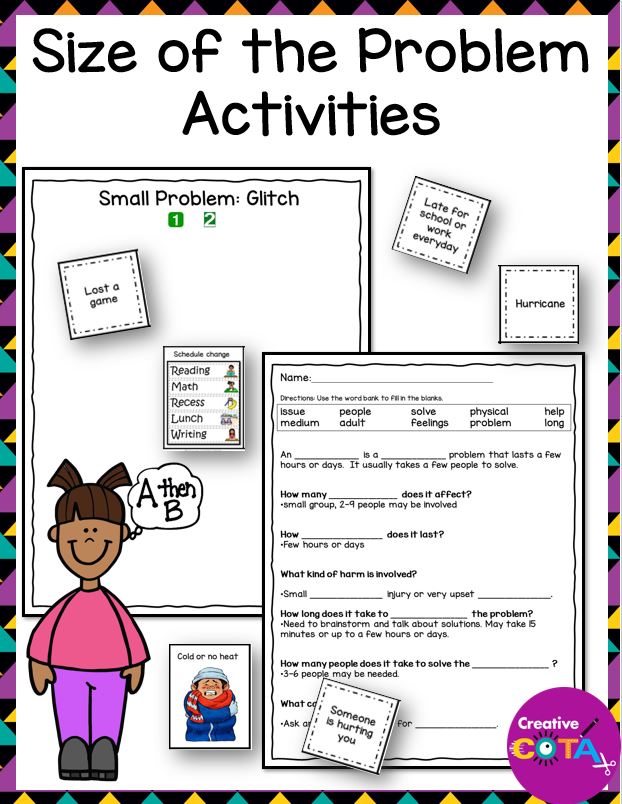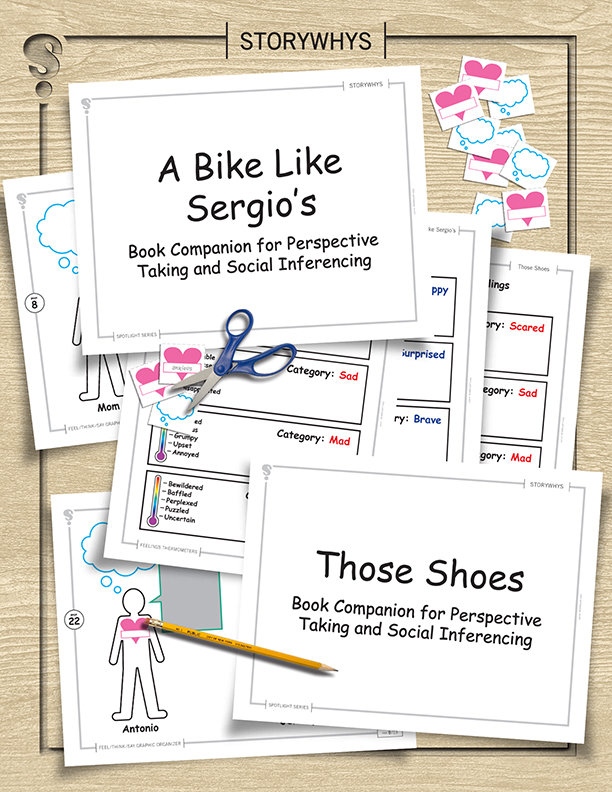Conflict Resolution Skills for Kids

Teaching children how to resolve conflicts effectively is critical for their emotional development and social skills. Conflict resolution skills for kids are important life skills. Whether kids are experiencing conflict at school or at home, here are the basic steps for educators, therapists, and parents to help kids develop the essential abilities for handling conflicts.
Identifying and Managing Emotions: The First Step in Conflict Resolution Skills for Kids
Understanding and managing one’s own emotions is a critical life skill that forms the foundation of conflict resolution. Children equipped with this skill are better prepared to handle difficult situations in a healthy way.
- Emotion Recognition: Use tools like emotion cards or feelings charts to help children identify and name their emotions.
- Calming Techniques:
- Deep Breathing: Practice techniques such as taking deep breaths to help children calm their nervous system.
- Mindfulness Activities: Introduce mindfulness practices to aid in emotional regulation. Try these 5 minute mindfulness activities for the classroom.
- Self-Regulation: Teach children self regulation skills and strategies such as counting to ten or employing a ‘stoplight’ system to manage their reactions during high-stress situations.
The Power of Flexibility in Resolving Conflicts
Cognitive flexibility is an important skill that allows children to adapt to unexpected changes and consider different solutions. This skill helps in finding common ground during conflicts.
- Adaptability: Encourage children to be open to changing their plans when faced with new information or perspectives.
- Perspective-Taking: Help children understand the importance of considering different viewpoints, enhancing their empathy and reducing misunderstandings.
- Open-Mindedness: Create a safe environment where children can freely express diverse ideas and explore multiple solutions to problems.

Size of the Problem Visual Supports and Activities
Effective Communication: Using “I” Statements and Active Listening
Effective communication is key in resolving disputes and building strong relationships. By teaching children how to express themselves clearly and listen to others, we foster healthier interactions.
- Use of “I” Statements: Teach children to communicate their feelings and needs assertively and respectfully, for example, “I feel upset when you take my toy without asking.”
- Active Listening Skills:
- Summarization: Encourage children to summarize what others say to ensure they have understood the message correctly.
- Reflective Listening: Teach them to reflect or paraphrase the other person’s words during conversations, confirming their understanding and showing respect for the speaker’s point of view.
Conflict Resolution Skills for Kids – Problem Solving
Good problem-solving skills are essential for effective conflict resolution. These skills enable children to find solutions that are acceptable to all parties involved, fostering a sense of fairness and cooperation.
- Brainstorming Solutions: Guide children to think of as many solutions as possible, encouraging creative thinking and active participation in the resolution process.
- Evaluating Options: Help children weigh the pros and cons of each solution, helping them choose the one that best meets everyone’s needs.
- Role-Playing: Use role-play scenarios to practice these skills, making the learning process engaging and practical.
Effective conflict management, through the use of critical thinking and problem solving, can lead to positive outcomes by fostering thoughtful solutions and stronger relationships.

Book Companions for Perspective Taking and Emotions Vocabulary
Empathy: Understanding Others’ Perspectives
Empathy is crucial for resolving conflicts as it helps children understand and relate to the emotions of others. This skill is vital for building healthy relationships and fostering a supportive community. Perspective taking refers to the ability to understand situations from the point of view of others and is a crucial component of social-emotional learning.
- Discussion of Feelings: Regularly engage children in discussions about how different actions make them and others feel, enhancing their emotional intelligence.
- Role-Playing Exercises: Utilize role-playing to help children experience different perspectives, which can deepen their understanding and appreciation of others’ feelings.
- Real-Life Application: Encourage empathy in real-life situations by prompting children to assist others who are upset or in distress, reinforcing the lessons learned in more structured settings.
Apologizing and Reconciliation: The Final Steps in Conflict Resolution
Teaching children to apologize and reconcile after conflicts is essential for restoring harmony and maintaining long-lasting relationships. This process is a crucial part of emotional healing and social development.
- Teaching Sincere Apologies: Help children understand the importance of sincere apologies that acknowledge their actions and express regret.
- Making Amends: Guide children through the process of making amends, which may include specific actions to rectify the situation and restore balance.
- Rebuilding Trust: Discuss and model how to rebuild trust after a misunderstanding or conflict, emphasizing consistency, honesty, and integrity.
By integrating these conflict resolution skills into educational and therapeutic practices, as well as everyday parenting, we can equip children with the tools they need to handle their own conflicts and develop into emotionally intelligent, socially skilled individuals.
KEY TAKEAWAYS ABOUT CONFLICT RESOLUTION SKILLS FOR KIDS
Teaching conflict resolution skills to young children provides them with important life tools to manage disagreements in healthy ways. These techniques are critical for developing strong communication skills and problem-solving abilities from early childhood to middle school.
- Emphasize Emotional Learning: Conflict resolution activities teach children to recognize their own feelings and the feelings of others, an important first step in handling conflicts respectfully.
- Role Play Different Scenarios: Role-playing different conflict scenarios is a great way to help children practice and understand conflict resolution techniques in a controlled, educational setting.
- Problem-Solving Steps: Teaching step-by-step problem-solving, including brainstorming and evaluating possible solutions, equips children to tackle big and small problems effectively.
- Promote Healthy Communication: Using open-ended questions and encouraging children to express themselves in their own words are best practices in fostering good communication skills that last a lifetime.
- Encourage Perspective-Taking: Helping children put themselves in another person’s shoes plays a vital role in successful conflict resolution and is a crucial skill for young and older children.
- Use of Positive Reinforcement: Positive reinforcement can motivate children to use conflict resolution techniques more frequently and effectively in similar situations.
- Adaptability in Different Situations: Introducing children to different strategies for managing potential conflicts in elementary schools, small groups, or online platforms can prepare them for a variety of social interactions.
- Create Safe Learning Environments: Providing a safe place for children to express different ideas and strong feelings ensures they feel secure to explore and apply new skills.
- Focus on Win-Win Solutions: Teaching children to aim for win-win solutions helps them see the value in resolving disputes in fair and beneficial ways for all parties involved.
- Reinforce these Skills on a Daily Basis: It is important to remind kids of these conflict resolution skills every day so that they learn the best way to handle conflict situations when there is no conflict or stress.
By focusing on these key aspects, educators and parents can help children develop healthy conflict resolution skills that will serve them well in everyday life and build the foundation for future relationships and personal growth.
More Resources
Here are additional resources to help further explore and understand conflict resolution skills for kids:



